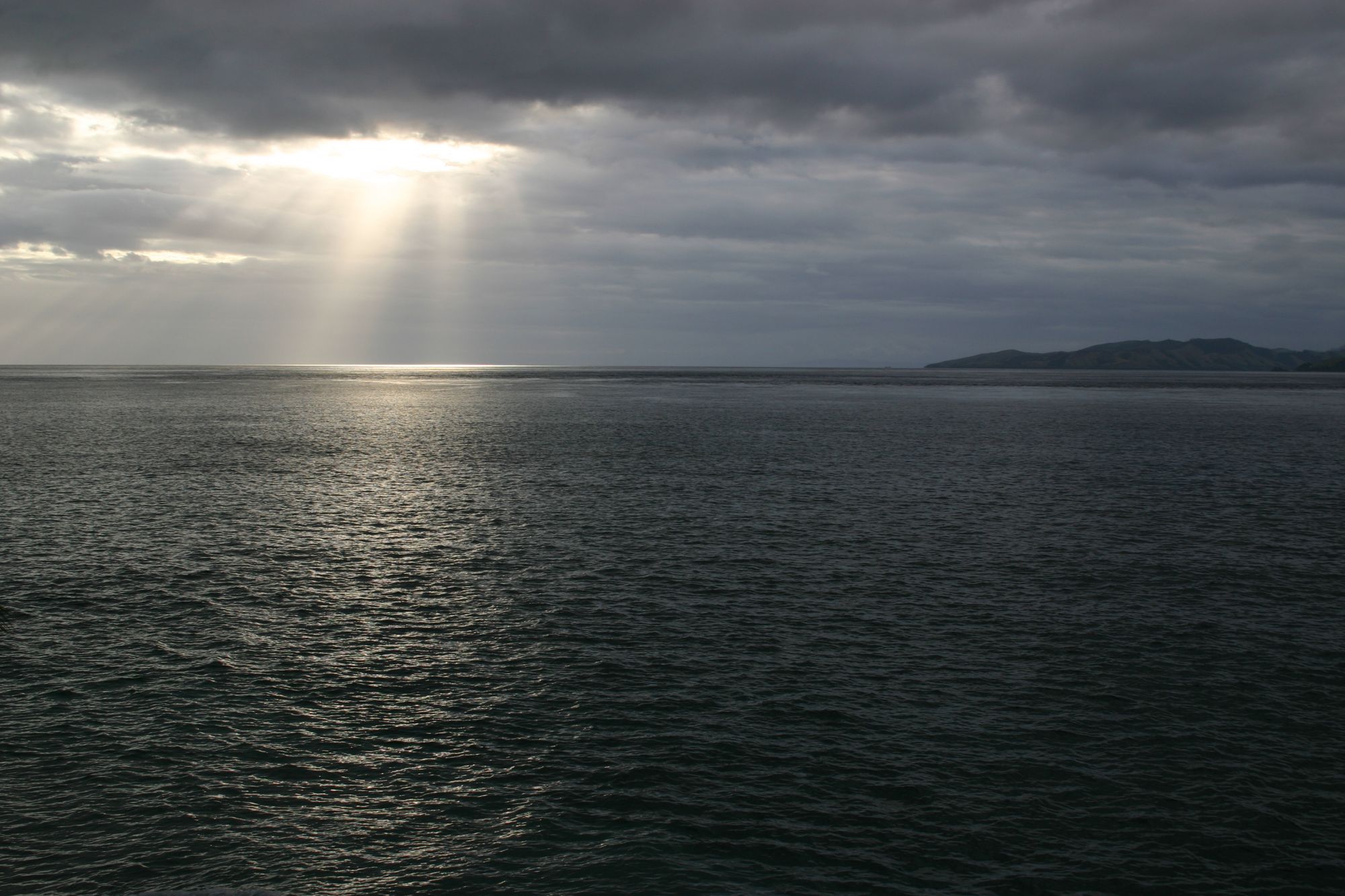
Taveuni
Upcoming departures
Free DAN Insurance to keep your dives covered
Best loyalty program.
60% of divers returns to us
60% of divers returns to us
Best price guarantee
How to get to the Taveuni
Taveuni is a volcanic island (known as the “Garden Island”) located at the northern end of the Koro Sea. Taveuni airport is located on Taveuni Island. The closest international airports from which you can get to Taveuni are Nadi or Suva. In Taveuni visitors can enjoy the relaxed atmosphere, hidden waterfalls, sandy beaches, pristine tropical rainforests, and world-class diving and snorkeling just offshore. Diving is phenomenal from the west side of the island, because the narrow channel of the Somosomo Straits delivers plankton and nutrients during tidal changes, which is ideal for healthy ecosystems, soft corals, and diverse fish life. There are more than 20 sites that suit different diver levels. For advanced divers, there are sheer reef walls from 1000m/3280ft to the surface, shallow coral gardens, and current-flushed channels. Most popular dive sites On the west lies the world-famous Rainbow Reef with its spectacular soft corals, which is a result of the deep vertical drop-off and strong tidal current in the Somosomo Strait. These geographical characteristics in this area have created many good sites, such as the Zoo, the Great White Wall, Cabbage Patch, Annie's Bommie, and the Fish Factory. Here large bushes of pink, brown, and orange corals create the remarkable spectacles of color that divers can see when diving at Taveuni. Just off the west side of the island is the island of Vanua Levu, where divers can explore walls, caves, and overhangs festooned with all manner of hard and soft corals and visited by a variety of reef fish and pelagics. Barracuda Point is one of the most popular sites. The Vuna Reef lies off the southwestern end of Taveuni and has larger pelagic and schooling fish on the exposed southern side of the reef, while the protected western part of it features soft and hard coral gardens and a large array of tropical reef fish. Just to the north of Taveuni lies the smaller islands of Qamea and Matangi with their own surrounding reef systems.